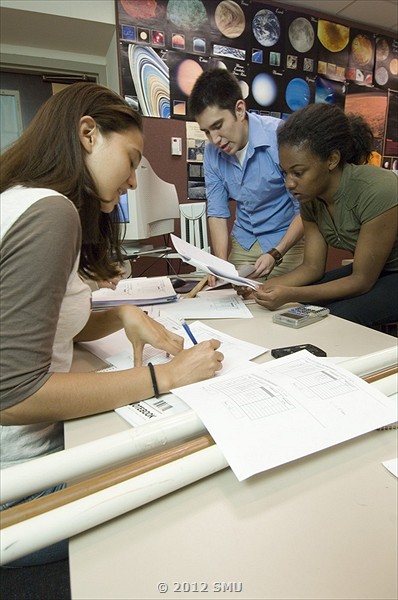Teaching for Inclusion
SMU students are an increasingly diverse group, differing in ethnic and racial backgrounds, economic backgrounds, genders, physical abilities, sexual orientations, ages, learning styles, and religious and political beliefs. This diversity creates teaching opportunities to learn from each other; it also requires that both students and faculty examine assumptions and create inclusive classroom environments in which differences are respected. The resources on this page address these issues in the context of higher education.
The Association of Colleges & Universities has assembled these resources on Diversity and Inclusion.
The University of Michigan's teaching center has a particular focus on diversity initiatives. Its resources include faculty guides about recognizing our own attitudes and assumptions, information and strategies for multicultural teaching, and thoughtful advice on creating inclusive college classrooms.
Vanderbilt has compiled a set of resources on Diversity & Inclusive Teaching.
The National Science Foundation offers this study on Reaching All Students: Resources for Teaching in Science, Technology, Engineering & Mathematics.
Faculty Focus identifies five competencies required for effective "culturally competent" teaching, including a critical analysis of the teacher's own assumptions, an environment of respect for all learners, attention to the needs of individual learners, strong intercultural communication skills, and encouragement of intergroup communications.
The University of North Carolina compiled Teach for Inclusion, an extensive resource for faculty.
The Southern Poverty Law Center has collected an extensive variety of resources for their Learning for Justice project -- some aimed at K-12, but some also applicable to higher education.
See also CTE's Teaching Resource: Dealing with Controversial Issues
